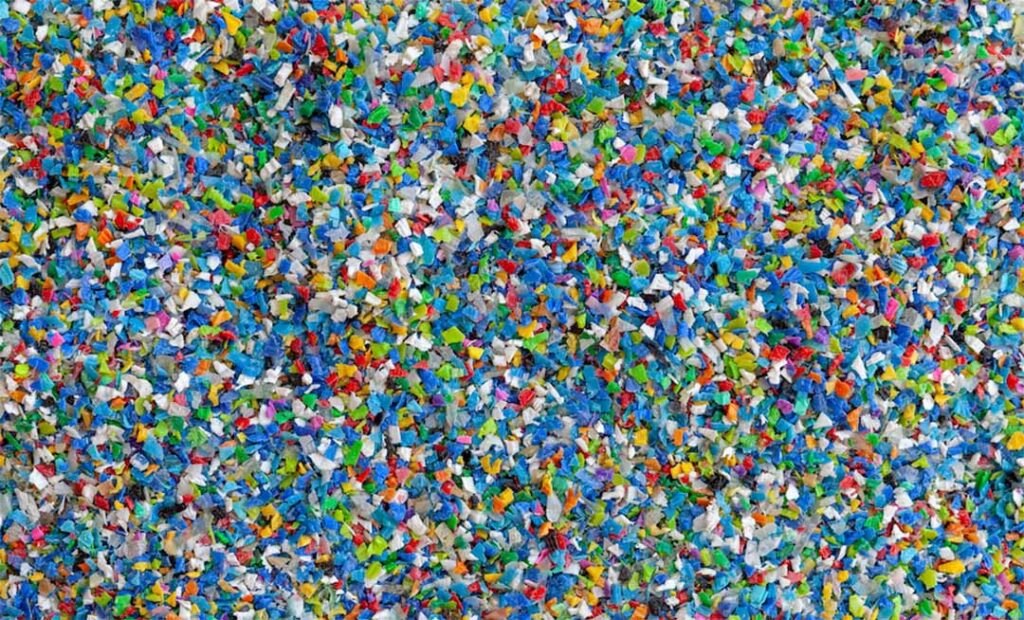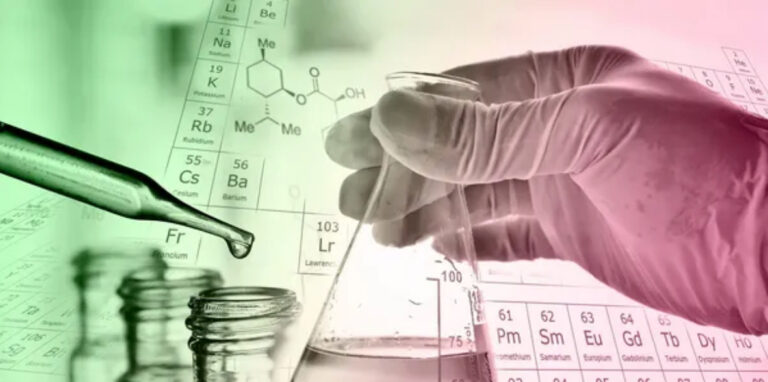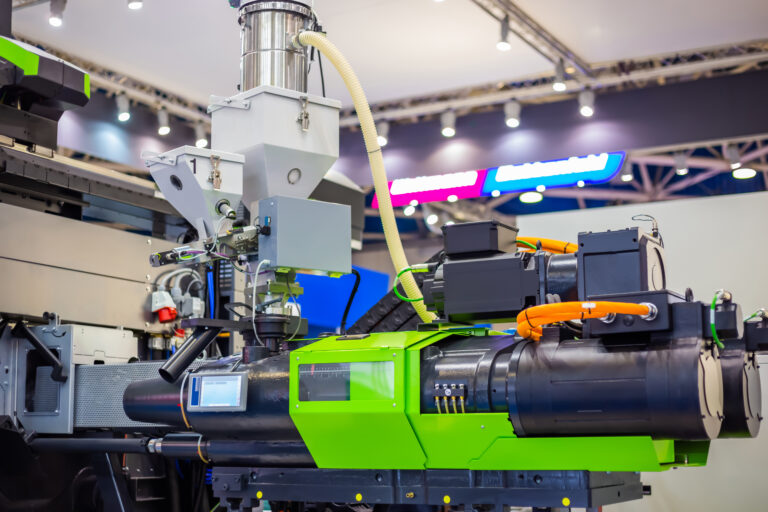How to Control Quality of Recycled Plastic Compounds Using In-line Color Measurement
Demand for high-quality mechanically recycled plastic compounds is increasing, as brand owners have committed to using significant volumes of post-consumer recycled plastics (PCR) in their packaging. Using PCR is part of the circular economy that aims to reuse material rather than dispose of it as waste. Plastic bottles and other containers are collected from consumers and sorted by material type and sometimes by color. This PCR is typically melted and mixed with additives and colors in a compounding extruder to make a recycled plastic compound used to produce new plastic parts.

Challenges of using recycled plastic in the circular economy
Making consistent plastic compounds from PCR can be challenging because the incoming PCR typically has more variation than virgin material. For example, color can vary because the incoming PCR may be made of a mixture of plastics that initially had different colors. In addition, PCR may have already experienced degradation during processing than virgin resin. This degradation can further change color.
What digital tools can be used to control color variation?
In a conventional setup, color is measured at the start and then at the end of the run. Although a laboratory sample can be helpful in quality assurance, the delay between production and testing in the lab is not adequate for quality control. For example, at a rate of even 1,000 lb./hr., if the color is outside of specification for only ten minutes (about the time to do a quick laboratory test), the extruder will produce 167 lbs. of scrap. In addition, a sample captures only a single point in time. With the rise in stringent sustainability and circular economy goals, there is a drive to use in-line color measurement devices to measure color and provide continuous, real-time data to control color variation in high-speed production.
How does an in-line spectrophotometer measure color?
An in-line UV/Vis spectrophotometer measures color using a probe inserted into the polymer melt and connected to the spectrophotometer by optical fibers. The probe must be suited to the harsh process conditions, which include high temperature, high pressure, and friction from the melt flowing past the lens situated at the probe’s tip. The instrument can take measurements continuously, typically at intervals of 10 to 60 seconds. To learn more about how a spectrophotometer works to measure color, read Equitech’s Knowledge Center resources: “What is a spectrophotometer?” and “What is color measurement?”.
Making consistent plastic compounds from PCR can be challenging because the incoming PCR typically has more variation than virgin material. For example, color can vary because the incoming PCR may be made of a mixture of plastics that initially had different colors. In addition, PCR may have already experienced degradation during processing than virgin resin. This degradation can further change color.
Software analyzes the spectrophotometer’s measurements and displays them for the operator. An alarm can be set for an out-of-specification color measurement so that an operator can immediately fix the problem, usually by adjusting the color masterbatch feeder. In an automated system, the color measurement software is linked to the feeder controller for closed-loop control.
What is closed-loop control?
In closed-loop control, the equipment control system is set up to adjust automatically based on the data it receives. As a simple example, the controller for a heater measures the actual temperature. If the temperature is below the setpoint, it turns the heater on until the temperature reaches the setpoint. Controlling color is more complex, but it operates on the same principle. A controller for a color masterbatch feeder adds a predetermined amount of color to the melt to color the finished pellets fully and consistently. Using closed-loop control of the L* value, the feeder can add more or less color masterbatch to bring the L* into specification.
Enabling quality recycled plastic to help protect the environment
When PCR can be used to make new products, plastic material re-enters the circular economy rather than being disposed of as waste or lost to the environment as litter. Manufacturers that produce high-quality recycled plastic thus play a crucial role in protecting the environment. In addition, using digital tools to control color variation may prevent off-spec products, which reduces scrap and saves energy by avoiding the need for re-work. Closed-loop control may more efficiently use color masterbatch, which can save raw materials. Greater efficiency benefits both the manufacturer and the environment.
Equitech’s EquiSpec In-line Process Spectrophotometer (IPS) measures color in-line in real-time, directly in the polymer melt. These real-time data can be used in closed-loop control for a more efficient process that reduces scrap and produces a higher-quality product. To read more about how the EquiSpec IPS is used, see “In-Line Color Measurement for Recycled Plastic.” Contact Equitech’s experts to learn more about how an in-line process spectrophotometer can benefit your operation.



